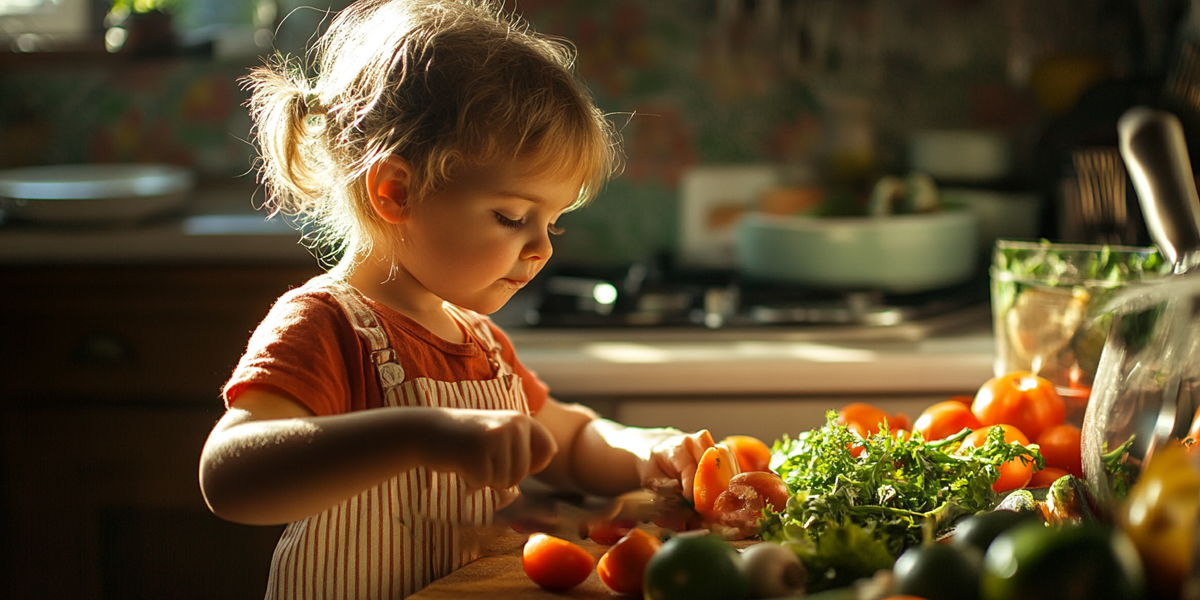
DIY & Nutrition Tips
Practical Advice for Homemade Pet Food and Treats
Making food and treats for your pets at home can be a great way to take control of their diet and health. This page is filled with simple, helpful tips to make the process easier, safer, and more rewarding.
Whether you’re just starting out or have been cooking for your pets for years, these ideas will help you make smart choices and avoid common mistakes when preparing homemade meals.
What You’ll Learn:
- Basic nutrition guidelines for dogs and cats
- How to safely handle and store homemade pet food
- Tips for introducing new ingredients or switching diets
- Time-saving ideas for prepping, storing, and portioning meals
- Safe DIY treat recipes and ingredient suggestions
Why Nutrition Matters
Good nutrition supports energy levels, coat health, digestion, and long-term wellbeing. Homemade meals let you avoid unnecessary fillers and focus on real, nourishing ingredients that benefit your pet.
Understanding basic pet nutrition helps you plan balanced meals and know when to consult your vet about supplements or adjustments.
Easy Ways to Get Started
- Keep meals simple: Start with lean proteins and safe vegetables
- Use storage tools like freezer trays and labeled containers
- Follow recipes or templates made for your type of pet
- Monitor your pet’s reaction to new ingredients gradually
This section will continue to grow with new tips, ideas, and resources—so check back often for updates!
Note: Always talk to your veterinarian before making major changes to your pet’s diet or introducing new ingredients.
Subscribe to Our Newsletter
